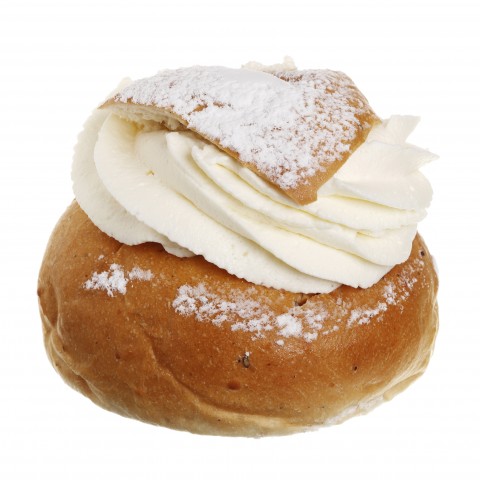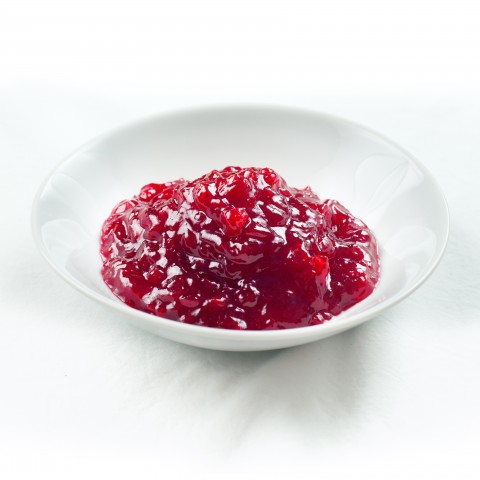In Finland, Shrove Sunday is a fun holiday brimming with folklore, religion, joy, and wonderful food. It’s also the most popular of the pre-Lenten Sundays, taking place just before Lent. In this article, you’ll learn about the most common Shrovetide traditions, what holiday foods to expect, and what traditions people associated with this holiday in the past.
Are you ready? Let’s get started!
1. What is Shrove Sunday?
Shrovetide was originally celebrated for the joy of the end of winter and the approach of Easter. Shrove Sunday is the Sunday before Lent, making it the perfect time to have fun and indulge.
A fast was started on Shrove Tuesday, so people wanted to celebrate and have a feast before that (this means Shrove Sunday pancakes and buns galore!). Fasting, however, is no longer a very common habit.
Shrove Sunday and the more popular Shrove Tuesday are not official flag days, and the shops and bureaus are open as normal.
2. Dates for the Sunday Before Lent
Shrove Sunday is the Sunday right before Lent, and thus its date varies each year. Shrovetide is always either in February or March; the earliest is February 1, and the latest is March 7. For your convenience, here’s a list of this holiday’s date for the next ten years.
- 2020: February 23
- 2021: February 14
- 2022: February 27
- 2023: February 19
- 2024: February 11
- 2025: March 2
- 2026: February 15
- 2027: February 7
- 2028: February 27
- 2029: February 11
3. Traditions and Celebrations for Shrove Sunday
Nowadays, Shrovetide is a fun folk festival. On Shrove Sunday, Finland’s larger cities sometimes organize events which include tobogganing and feasting on a variety of foods:
- Pancakes (Pannukakku)
- Pea soup (Hernekeitto)
- Shrove buns (Laskiaispulla)
Shrove buns are large, soft buns that are filled with jam and whipped cream or mantelimassa (“almond paste”).
Those who are lucky enough can also ride a sleigh carousel.
In the past, Shrovetide tobogganing has had a playful, superstitious meaning in Finnish peasant culture; the further the sled slides down the hill, the better and longer the flax would grow the next year. The tradition also incorporates an old annual rhythm; the flax yarn spinning was to be completed by Shrovetide in order to begin the weaving of fabrics, which needed the light of spring.
In the olden days, food had to be extremely greasy during Shrovetide so as to ensure a good cattle fortune. However, the olden day Shrovetide treats such as fat pancakes and pigs’ trotters, don’t really entice diners anymore.
Do you know how women’s hiukset, or “hair,” is related to Shrovetide?
Women were to keep their hair open during Shrovetide and brush their hair often in order to make it beautiful and shiny. Many beliefs were associated with Shrovetide in the olden days, and this is one of them.
-
→ Want to learn more about Finnish Sweets and Desserts? FinnishPod101 has a lesson just for you!
→ Curious about other popular Finnish foods? Check out this lesson!
4. The Many Names of Shrove Sunday
Do you know what some other names for Shrove Sunday are? Here’s a brief list, with explanations for each name:
| Quinquagesima | Traditionally, the three Sundays leading up to Lent are named after the Latin term for that week. Quinquagesima refers to the fact that this Sunday is fifty days before Easter.
The two Sundays before Quinquagesima are called Sexagesima and Septuagesima. |
| Estomihi | This name is in reference to the first few words of the Introit, or the liturgy used on this Sunday in churches. |
| Forgiveness Sunday | This holiday is also called Forgiveness Sunday because, on this day, “Forgiveness Vespers” are said, which are meant to cleanse one’s heart from sin before the Easter holiday. |
| Sunday next before Lent | This name is pretty self-explanatory, as it refers to the fact that this is the Sunday right before Lent. |
5. Finnish Vocabulary for Shrove Sunday
Ready to review some of the Finnish vocabulary words from this article? Here’s the essential Shrove Sunday vocabulary!
- Hiukset — “Hair”
- Hillo — “Jam”
- Juhla — “Fete”
- Pulkka — “Sled”
- Kelkka — “Toboggan”
- Pellava — “Flax”
- Mantelimassa — “Almond paste”
- Hernekeitto — “Pea soup”
- Rasva — “Grease”
- Laskiaispulla — “Shrove bun”
To hear the pronunciation of each word, and to read them alongside relevant images, be sure to check out our Finnish Shrove Sunday vocabulary list!
Final Thoughts
We hope you enjoyed learning about Shrove Sunday with us, and that you took away some valuable cultural information from this article. Do you celebrate Shrovetide in your country? If not, what are the most popular springtime holidays there? We look forward to hearing from you in the comments!
If you’re interested in delving even deeper into Finnish culture and holidays, check out the following pages on FinnishPod101.com:
- Top 5 Finnish Pop Culture Things You Need to Know About
- How to Celebrate Easter in Finland
- Itsenäisyyspäivä: How to Celebrate Finnish Independence Day
- Tourist Attractions in Finland
- Essential Idioms That Will Make You Sound Like a Native Speaker
Whatever your reasons for developing an interest in Finnish culture or wanting to learn the language, know that FinnishPod101 is the best way to expand your knowledge and increase your skills. With tons of fun lessons for beginners, intermediate learners, and more advanced students, there’s something for everyone!
Create your free lifetime account today, and start learning Finnish like never before.













